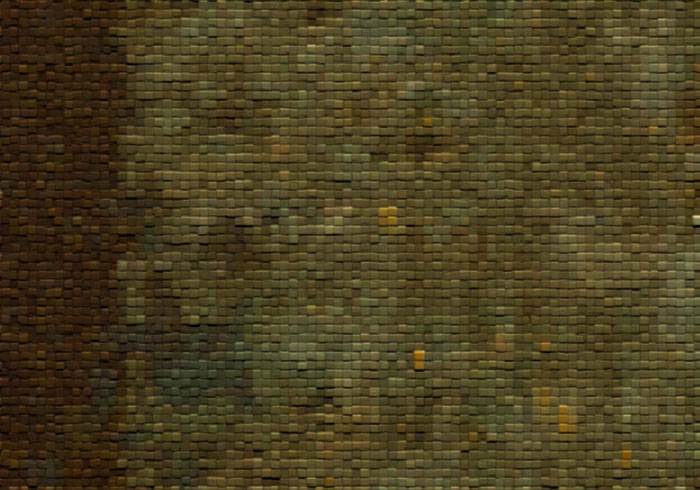


Earliest Arrivals in Mesopotamia
Our story today begins on a chunk of desert real estate in the area of Western Asia called Mesopotamia (Greek. “between the rivers”). At first glance, it seems pretty surprising that the earliest civilization on our planet should appear in such a hostile environment.
Average summer temperatures on the Mesopotamian plain hover around 104 degrees Fahrenheit and may reach as high as 120 degrees. There is little rainfall, and no natural barriers protect against the windstorms and floods, and hostile intruders that may sweep across the flat, open landscape. Resources are few: no stone, no metal ores, and no trees sturdy enough to provide lumber. There was, however, an abundance of deep, rich soil deposited over eons by the annual flooding of the Tigris and Euphrates rivers. Most of the primal civilizations (Sumer, Egypt, India, and China) sprang up along great rivers. Once the Sumerians developed irrigation systems, water from their rivers made agriculture possible.




The earliest inhabitants of the area wandered into the river delta region, perhaps 8,000 years ago. The marshy delta land on the coast of the Persian Gulf provided ample supplies of vegetation, game and fish to supplement primitive agricultural production. During the Neolithic era, farmers living in very small communities worked the Iranian highlands east of the Tigris River. Over time, these peoples, and others, began to move down to the flood plains of the Euphrates and employ primitive irrigation to grow enough crops that they could settle in larger villages.
By about 4000 B.C., these peoples had developed the first cosmopolitan civilization. They expanded their agriculture and their communities across the plain to the Tigris River, which gave them more land to cultivate, but also greater challenges. The Tigris ran through a relatively deep channel that made its waters difficult to tap for purposes of irrigation. The river sometimes broke through its levees to turn wide stretches of farmland into swamp, and it sometimes carved new channels that altered its course. It also flooded at an inconvenient time each year-in April, when grain crops were ripening. More sophisticated engineering and greater numbers of workers were needed to trap its waters in reservoirs and distribute them where needed in the appropriate seasons. Once the Sumerians had hurdled these new obstacles their land could support a population of unprecedented density.



